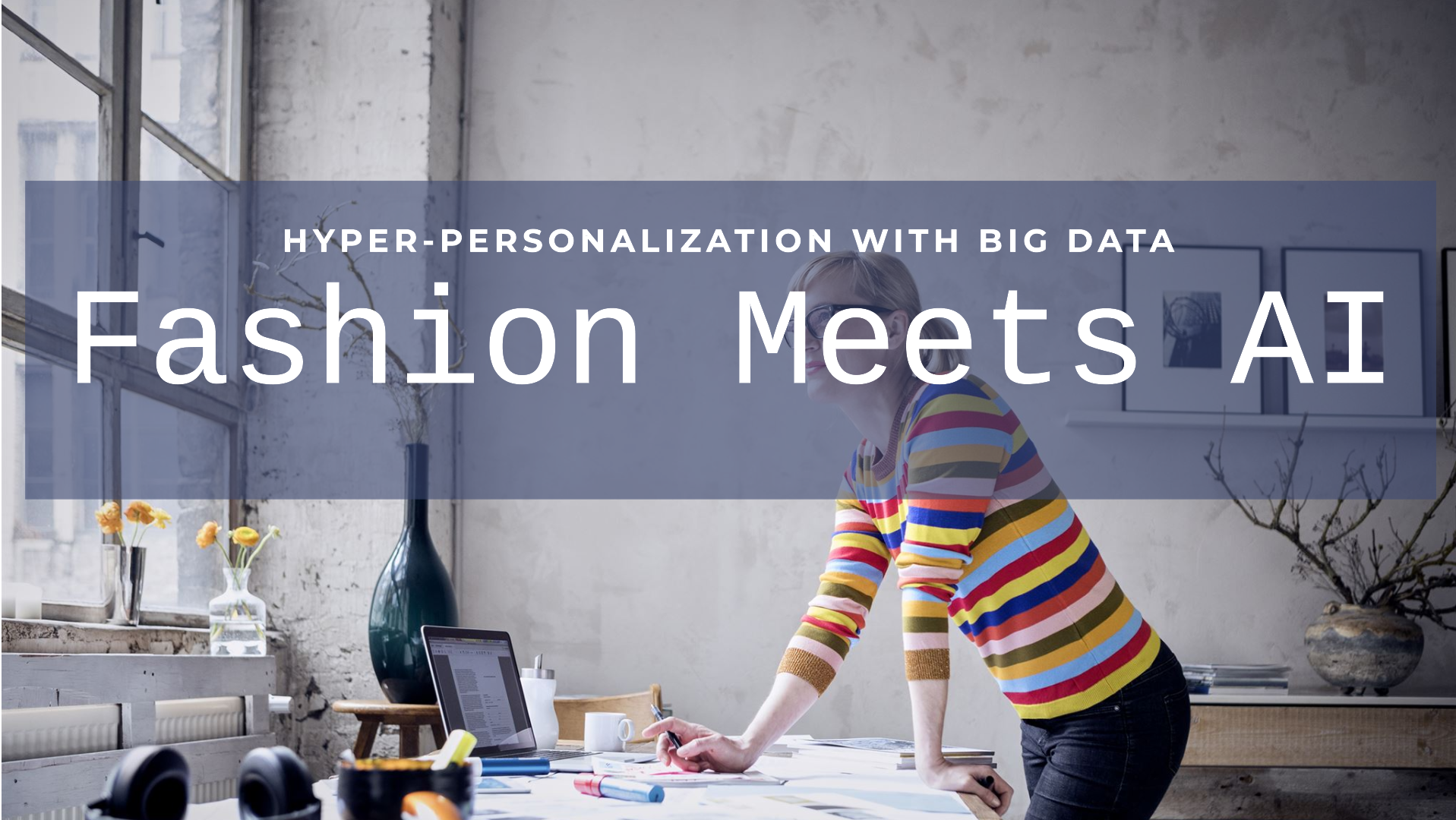Introduction
The fashion industry is experiencing a transformation with the rise of hyper-personalization, where AI-driven customization and consumer-driven design are redefining the way clothing is made, marketed, and sold. With advancements in artificial intelligence, machine learning, and big data analytics, fashion brands are now able to create highly individualized shopping experiences, tailored clothing, and real-time recommendations that align with consumer preferences. According to a McKinsey report, 71% of consumers now expect personalized interactions, while brands that implement personalization effectively can see revenue increases of 10-15%.
The Rise of Hyper-Personalization in Fashion
Traditionally, fashion personalization meant monogrammed initials or tailored fits, but today’s hyper-personalization extends far beyond. With AI and data analytics, brands can analyze real-time consumer data, including:
- Purchase history and shopping behaviors
- Social media interactions and trending styles
- Body measurements and fit preferences
- Climate and location-based insights
- User-generated content and reviews
By leveraging these insights, brands can offer a unique, customer-centric shopping experience that boosts engagement and loyalty.
How AI-Driven Customization Works
Hyper-personalization relies on AI-powered tools to deliver precision in design and shopping recommendations. Key technologies driving this shift include:
1. AI-Powered Style Recommendations
Fashion brands use AI to analyze customer preferences and suggest products tailored to individual styles. Amazon Fashion’s “StyleSnap” allows users to upload images and receive AI-driven suggestions based on similar styles and trends.
2. 3D Body Scanning and Virtual Fitting
Brands like Zozotown and Unspun utilize 3D body scanning to offer custom-fit clothing. With the rise of smart mirrors and mobile-based measurement technology, brands can collect precise body dimensions, reducing sizing inconsistencies and return rates.
3. Data-Driven On-Demand Manufacturing
AI helps brands predict trends and manufacture products based on real-time demand. Nike’s “Nike By You” platform allows customers to personalize sneakers based on color, material, and fit, cutting down on overproduction and waste.
4. AI-Generated Fashion Designs
AI can analyze consumer data to create clothing designs that align with personal tastes. H&M and Zara use AI to optimize design processes, ensuring collections resonate with customers before they hit the shelves.
5. Personalized Subscription Services
Brands like Stitch Fix and Nordstrom’s Trunk Club use AI stylists to curate personalized fashion boxes based on customer profiles, enhancing convenience and engagement.
The Consumer-Driven Design Movement
Hyper-personalization is not just about AI; it’s also about giving consumers a voice in the design process. Brands are adopting consumer-driven design through:
- Crowdsourced Fashion: Companies like Betabrand allow customers to vote on new designs before they go into production.
- Customization Platforms: Levi’s and Adidas offer interactive customization tools where users can modify denim washes, sneaker colors, and more.
- Sustainability-Driven Personalization: Some brands, like Pangaia, create bioengineered fabrics that adapt to consumer feedback on sustainability preferences.
Impact on the Fashion Industry
Hyper-personalization is creating a seismic shift in fashion, influencing:
- Supply Chain Optimization: AI reduces overproduction by aligning production with actual demand.
- Consumer Loyalty: Personalized experiences lead to higher retention rates, with 80% of shoppers more likely to buy from brands offering customization (Epsilon data).
- Reduced Returns: Proper fit prediction decreases online fashion returns, which currently account for 30-40% of e-commerce orders.
- Sustainability Benefits: Data-driven production minimizes fabric waste, aligning with the industry’s sustainability goals.
Challenges and the Future of Personalization
Despite its advantages, hyper-personalization faces key challenges:
- Privacy Concerns: Consumers are increasingly cautious about data collection.
- Cost and Scalability: Implementing AI-powered personalization requires significant investment.
- Balancing Creativity with Automation: Over-reliance on data may hinder traditional fashion creativity.
Looking ahead, the future of fashion personalization will likely integrate blockchain for secure data handling, AI-powered circular fashion, and real-time virtual styling assistants for an even more immersive shopping experience.
Conclusion
Hyper-personalization is revolutionizing the fashion industry, offering consumers highly customized, AI-driven experiences that cater to their unique preferences. With brands leveraging data analytics, machine learning, and interactive customization, the future of fashion is shifting from mass production to individualized design. As technology advances, hyper-personalization will continue to define the next era of fashion retail, creating a seamless, sustainable, and consumer-first industry.
